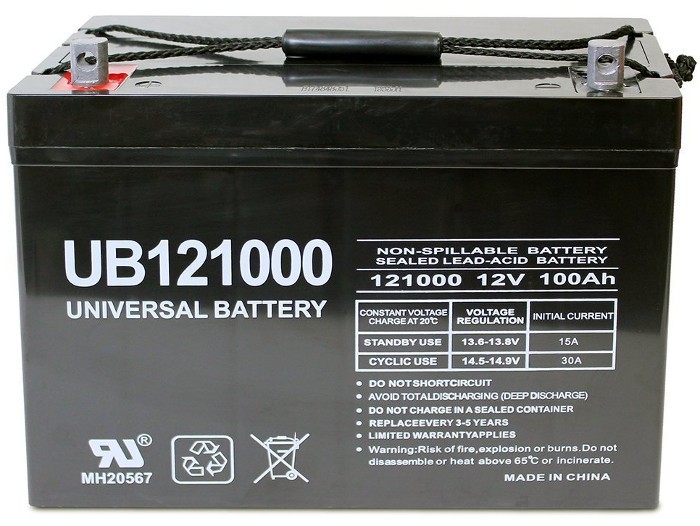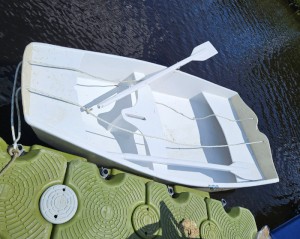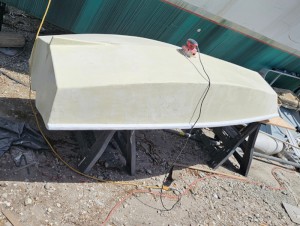Kaimusailing
s/v Kaimu Wharram Catamaran
| Vessel Name: | Kaimu |
| Vessel Make/Model: | Wharram Custom |
| Hailing Port: | Norwalk, CT |
| Crew: | Andy and the Kaimu Crew |
| About: | Sailors in the Baltimore, Annapolis, DC area. |
23 April 2024 | St Marys, GA
D4 Launchie
The laptop pooped the bed, so I have to scurry around with alternatives. Not as bad as typing on the phone.
17 April 2024 | St Marys, GA
Dinghy Skeg
I was suffering with what seemed like a cold and also had allergy symptoms. I awoke and felt fine. The green pollen that was coating everything was gone. Maybe it will return.
07 April 2024 | St. Marys, GA
Clammy Hands
Items came in from TEMU, the Chinese cut rate retailer. One was a nice little drone that cost about twelve and a half dollars. It looked like an easy thing to play with while I coughed and sneezed. I was fighting a summer cold, even though it is not summer elsewhere, it seems like it here. A nice [...]
02 April 2024 | St. Marys, GA
Sun Doggie
After laminating the cedar strips onto the gunwales of the dinghy I found the screws I used wouldn’t come out. The epoxy had seized them. The screw heads were stripped so I cut a straight slot in the heads with the cut off wheel. The cedar smoked when the screw heads got red hot. I could remove [...]
21 March 2024 | St. Marys, GA
Just Add Water
The rainy weekend started off with overcast and fog but no rain. It looked like I might be able to get something done on the D4 dinghy. I wanted to change the bow seat which is really the bow deck. The sailing option uses the deck to hold the freestanding mast. I didn’t like how the deck looked, [...]
01 March 2024 | St. Marys, GA
D4 Dinghy Alternative Seats
The rain event was more wind than rain, strong winds with gusts up to 44 mph. We drove into town to see what the harbor was like. There was a small sailboat that had dragged anchor and was sitting close to shore. The tide was out. We left and played with Bleu at Notter’s Pond.
Universal Port

.
I did some research, looking to stay in budget, and also looking for a product that has some longevity. One specification that helps make these decisions is battery weight. When you think about it, the battery of a particular group is formed to that group’s physical dimensions, not to any amp-hour rating, the group number is just a physical size, this battery will fit into the space the old battery fit into, being of the same group number. But in that physical size is the guts of the battery which consist of electrolyte and lead. The more lead you pack into that size battery, the more robust the internal structure is. Plates made of powdered lead won’t have the same weight as solid lead. The heavier the battery, the more likely it is designed for deep cycle with thick heavy plates.
.
When I purchased the 4 group 27‘s for the starboard hull, I took a gamble, but made sure the batteries were about 65 lbs. or so each. AGM technology, valve regulated lead acid, VRLA. The higher cost of these batteries is due to platinum catalyst which recombines hydrogen and oxygen which are given off while the batteries are charging. In a simple lead acid flooded cell battery the hydrogen and oxygen are vented to the atmosphere. The result is a slow drop in the electrolyte level in the battery, water is being ionically formed as hydrogen and oxygen and dispersing. This results in a dry battery unless the owner does regular maintenance and keeps the liquid level up by adding distilled water to the batteries. I am terrible at doing this, so AGM’s are my choice. Both flooded cell and AGM batteries can sulphate if allowed to discharge too low for too long. I hope to overcome that with 344 watts of solar charging the 4 batteries.
.
I kept the old batteries from the starboard hull to use as trade in cores for the 4 new batteries in the port hull. The local battery guy from Jacksonville said he could deliver his batteries with no shipping charge to the boatyard and no sales tax. The batteries were not being sold in Georgia and not being delivered in Florida. Win-win. Except his prices were a bit higher than what I was expecting and he wouldn’t budge. I compared on-line batteries and once again I was gambling. One battery that kept coming up with positive references is Universal group 27 AGM deep cycle, but I haven’t found any long term referrals. I bough them from Amazon and fit within my budget. Now I am offering my cores to anyone else in the boatyard who needs them.
.
If I didn’t buy these and chickened out and went a safer route I would have gone for the Deka, same size, about 40 dollars more per battery. Maybe I’ll find out I should have gone that way. The use of 400 amp hours in the port hull is to flush the electric toilet, power the watermaker, and of course light up the spaces in the port hull. Not much of a challenge. This battery bank could also be in reserve as a backup in case the starboard hull gets into trouble. Over there we are running the inverter, autopilot, keeping the nav computers charged up, much more going on over there. The engine battery just starts the engine and helps when the windlass is active.
.
I promised to return a call to the Jacksonville battery guy and tell him about my purchase and why I bought batteries from Amazon. He said he knew of the brand I bought, Universal, and said they were an OK battery but it would be hard to have warranty service, whereas he was available if anything went wrong with his batteries. It wouldn’t help me much in that case, I would not be near Jacksonville except in passing, once I went out to sea.
.
Rain got into the galley companionway and doused this computer, it died. I ordered another CF-C1 carcass from eBay, $47.77 including shipping. When it came in I transfered the hard drive and fully charged batteries to it, powered it up and working just fine. I had also obtained memory upgrade, 4 gig, that I was going to add to both CF-C1‘s. The navigation CF-C1 wouldn’t boot up with the 4 gig memory sticks, but it had a 2 gig stick in it and I was OK with running it with 2 sticks of 2 gig each, total of 4 gigs. This new laptop surprisingly came with a 2 gig stick in the second memory slot, so I replaced it with a 4 gig stick, booted up fine. Now we have 6 gigs of RAM.
.
The batteries for the port hull came in and they were about 65 pounds each and had to be schlepped up on deck, then down into the hull to be installed. The watermaker was in the way and had to be relocated, but when I looked more closely at the lower shelf where I was going to put it, it was obvious that it wouldn’t fit there. Hmm. I found that I could keep it in its present location but locate the batteries in a group of 3, then the watermaker, then battery #4. The batteries mount through a rectangular hole in a shelf and sit on a lower shelf. I had to cut out more rectangular space. I had to make 4 more battery cables, 2 black and 2 red, of #2 AWG wire. The wire cost $1.50 a foot at Lowes, who didn’t have any #2 lugs available to terminate the cables. A contractor in the boatyard had the lugs and sold me 6 for 5 dollars. Lowes was charging 5 or 6 dollars for 2 lugs in the 4 and 6 AWG size (smaller).
.
The scheme was to keep the solar charge controller connected to at least one battery while installing the new ones. The original wet cell group 27‘s had already been removed and a couple of odd batteries were now connected to the charge controller, a group 24 wet cell and a group 31 AGM. The group 24 belongs to Trillium, so it was removed and lowered to the ground. The 31 was left connected while the first of the new group 27 AGM’s was installed. Then the 31 was removed and the remaining 27‘s were installed. They were fairly highly charged already and the charge controller monitor was reading 13.4 volts.






